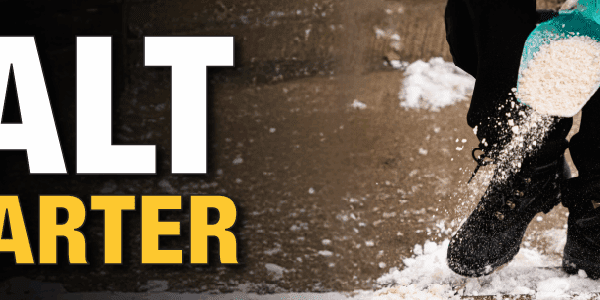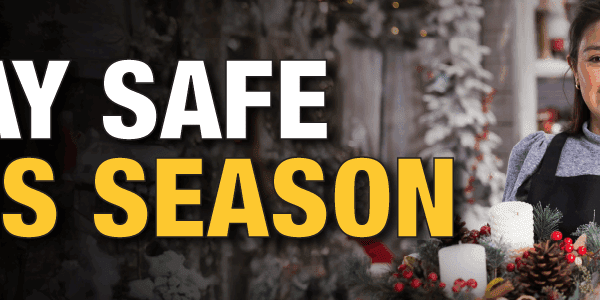
Tricks, Treats, and Safety Feats: A Family Guide to Halloween Fun
Halloween season is synonymous with creativity, community, and celebration — but it also brings seasonal safety considerations that deserve a proactive approach. By integrating official guidance from the U.S. Consumer Product Safety Commission (CPSC), Health Canada, and other trusted authorities, families across North America can enjoy the festivities while minimizing risk.
🎃 Carving Jack-o-Lanterns: Empower Kids, Control the Tools
Each autumn, the time-honored ritual of pumpkin carving brings joy, imagination, and a touch of risk. The key to mitigating that risk lies in orchestrating the process with safety at the forefront.
Best Practices:
- Invite children to draw the design on the pumpkin — their creativity fuels the project. According to both the CPSA and Health Canada, children should never handle knives or carving tools; instead, they can safely trace or paint designs.
“To avoid injuries, let children draw a face or design on the pumpkin and then have an adult carve it.” — Health Canada, Halloween Safety - Have a competent adult perform the carving, while children participate in age-appropriate tasks such as scooping, painting, or decorating.
- Consider painting pumpkins instead of carving. It’s a no-blade activity that encourages full child participation and creative expression.
- Use specialized pumpkin carving kits, which feature serrated, blunt-tipped tools that reduce the risk of lacerations compared to kitchen knives.
- Stabilize your workspace — keep pumpkins on a non-slip, well-lit surface. Carving on an unstable area is a leading cause of hand injuries, per healthcare reports from Banner Health and Prisma Health.
- Keep completed jack-o-lanterns away from walkways and flammable materials. The CPSC and Health Canada both advise positioning pumpkins so that open flames cannot ignite nearby decorations or costumes.
By implementing these measures, you can maintain the fun and spirit of pumpkin carving while reinforcing strong, risk-mitigation behaviors in your household.
🕯️ Candle Safety: Creating Ambience Without Compromising Safety
Candles and decorative lights add atmosphere to Halloween night — but without proper use, they can quickly become fire hazards. According to Health Canada’s Candle Safety guidelines, human error is the leading cause of candle-related fires in Canadian homes.
Key Guidelines:
- Keep candles away from curtains, blinds, decorations, doorways, and trick-or-treat pathways. Both Health Canada and the CPSC caution that candles near flammable materials are a top ignition source for home fires.
- Never leave a candle unattended. Extinguish all candles before leaving a room or going to sleep.
- Use flameless alternatives such as LED candles or glow sticks in pumpkins and windows. Health Canada recommends replacing open flames with battery-operated lights to reduce burn and fire hazards.
- Trim candle wicks to 5–7 mm (¼ inch) before lighting to prevent high flames, per Health Canada’s fire-prevention guidance.
- Avoid multiple-wick candles or lighting all wicks at once; this can cause a large flame, increasing ignition risk.
- Select non-combustible holders and place candles on stable, heat-resistant surfaces. Avoid wooden or plastic holders, which can melt or catch fire.
- On the regulatory front: In the U.S., candle manufacturers must comply with ASTM F2417 safety standards and provide certification through the CPSC’s Consumer Product Safety framework. In Canada, oversight is provided under the Canada Consumer Product Safety Act (CCPSA), which enforces product-safety compliance nationwide.
By selecting safer lighting options and following official best practices, you can elevate the holiday experience—balancing ambiance, compliance, and peace of mind.
Keep the Frights Fun—Not Frightening
Both the U.S. CPSC and Health Canada emphasize a shared goal: preventing seasonal injuries and household fires through education and proactive safety planning.
Their unified messaging includes:
- Adult supervision for all carving activities.
- Child-safe alternatives such as painting or LED decorations.
- Awareness of fire-safe home environments—candles away from fabrics, pets, and traffic zones.
Together, these recommendations promote a culture of prevention that empowers families to celebrate creatively and safely.
Let’s Make This Halloween Season Not Just Memorable—But Safe, Smart, and Responsible
From pumpkins to porch lights, every detail contributes to a safer celebration. Integrate these practices into your household or community safety communications to drive awareness and reduce risk exposure this Halloween.
Do you have questions about keeping your employees and workplace safe? Our team of experts are just a call away for our customers at 855.734.5469 or send us an email, we’re happy to help.
Stay up to date and sign up for our newsletter!
We have all the products, services and training you need to ensure your staff is properly trained and informed.
 Safety Data Sheet Safety Data Sheet(SDS) Services |
 OSHA/WHMIS/GHS OSHA/WHMIS/GHSTraining Courses |
 GHS Publications GHS Publications |
Sources:
Health Canada
- Halloween Safety: https://www.canada.ca/en/health-canada/services/home-safety/halloween-safety.html
- Candle Safety: https://www.canada.ca/en/health-canada/services/healthy-living/your-health/products/candle-safety.html
- Canada Consumer Product Safety Act (CCPSA): https://laws-lois.justice.gc.ca/eng/acts/C-1.68/
U.S. Consumer Product Safety Commission (CPSC)
https://www.cpsc.gov/
Supporting References
- Banner Health — Pumpkin Carving Safety Tips
- Prisma Health — Pumpkin Carving Safety Tips
- National Candle Association (NCA) — Understanding Safety Standards
- Japa Regulatory Solutions — Candle Safety Standards and Regulations in the U.S.





